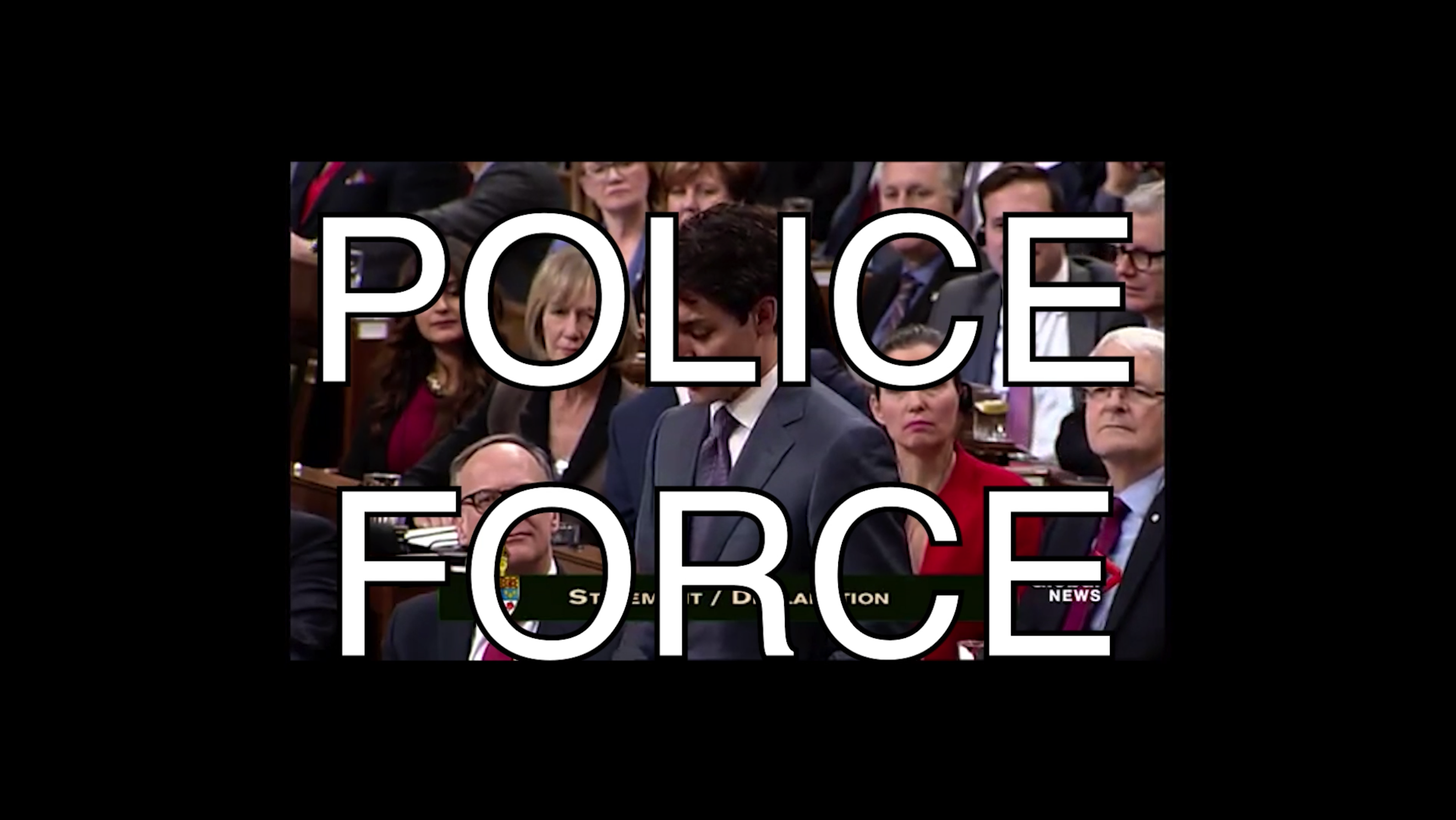if you are like us, you know
Wren Tian & Brody Weaver00:06:21
2024






Selected stills.
if you are like us, you know (2024) was screened at The Blue Building Gallery for The Infernal Grove’s series “Youth Pastor is a Narc” on January 26th, 2024.
Born in a Body
Elliot Ciz and Brody WeaverDocumentary film
00:53:51
2023
Project participants:
Aron Shaw
Brody Weaver
Carmel Farahbakhsh
Elliot Ciz
Grey Muldoon
Mable Munroe
Marley O’Brein
Wren Tian







Selected stills.
Born in a Body (2023) was installed in the group exhibition Test Test? at the Centre for Art Tapes from March 4th-17th and screened at the Art Gallery of Nova Scotia on March 9th.
To request this documentary for film festival programming or other screenings, please email brodyweaver@gmail.com.
In Born in a Body (2023), Elliot Ciz and Brody Weaver present an experimental documentary focusing on trans people and their relationships to healthcare. Structured in three parts, the film features dialogue from interviews with one another and seven community members, bringing viewers and listeners on a journey from Sherbourne Health in Toronto to Clinic 554 in New Brunswick and Truro Pride. Disrupting the medicalization of the trans community, the lived experiences and knowledge of this group position trans people as experts of their own lives, bodies, and (medical) needs to reconsider pathologization, typologies of (in)access, generational differences, systems change, and what might be possible when we see trans healthcare as one component of a larger project of wellbeing.
Prerequisite
Brody WeaverSingle channel video
00:20:08
2021
In this video, Brody offers a partial history of gender dysphoria. Made shortly after she began taking gender affirming hormone therapy, this video essay is a reflective consideration on the medicalized nature of trans identity and the deficit model of trans healthcare compared to the tenets of disability justice. In it, she works to re-frame the individuating diagnosis of “gender identity disorder” as a collective trauma experienced by all people, cisgender and transgender, who are forced to live within a binary sex/gender system.
For the Record / A Pride Flag is Still a Flag
Brody Weaver
Single channel video with digital print
00:08:30
2021
This video reframes Prime Minister Justin Trudeau’s national apology delivered November 28th, 2017 in so-called “Ottawa.” In this address, Trudeau offers condolences to “LGBTQ2” members of the Canadian Armed Forces, RCMP, and federal public service who were surveilled and often fired as a measure of “national security” from the 1950s and into the end of the twentieth century. In this work, the use of terms such as “police force,” “citizens,” and “foreign service” are highlighted to underscore the ways in which this supposed act of justice emboldens nationalism and figures a socially and economically privileged (white) queer subject.
An Archive for Gaby
Brody Weaver and Gaby WeaverSingle channel video
00:04:58
2020
This is a video about being documented as a child. It is about how early gendered associations creep into our treatment of one another, what we assume is of value, and what we try to hide.
It is through photographing select aspects of family life and child rearing that parents are able to document their family's relation to social goods. These goods circulate as normative markers of a family's success, of a mother’s industriousness, of a father’s prowess. In this process, queerness is cleansed from early family collections as it exists in opposition to the imagined good life. At this junction, where do we look for queer evidence? Why do we look?
In failing to locate an archive, we accidentally made one. In this process, we collaboratively dug into our family’s informal “archive”, selecting materials from family photo albums and beyond to construct a narrative that reclaims our gender variance.
– Brody Weaver and Gaby Weaver
It is through photographing select aspects of family life and child rearing that parents are able to document their family's relation to social goods. These goods circulate as normative markers of a family's success, of a mother’s industriousness, of a father’s prowess. In this process, queerness is cleansed from early family collections as it exists in opposition to the imagined good life. At this junction, where do we look for queer evidence? Why do we look?
In failing to locate an archive, we accidentally made one. In this process, we collaboratively dug into our family’s informal “archive”, selecting materials from family photo albums and beyond to construct a narrative that reclaims our gender variance.
– Brody Weaver and Gaby Weaver












